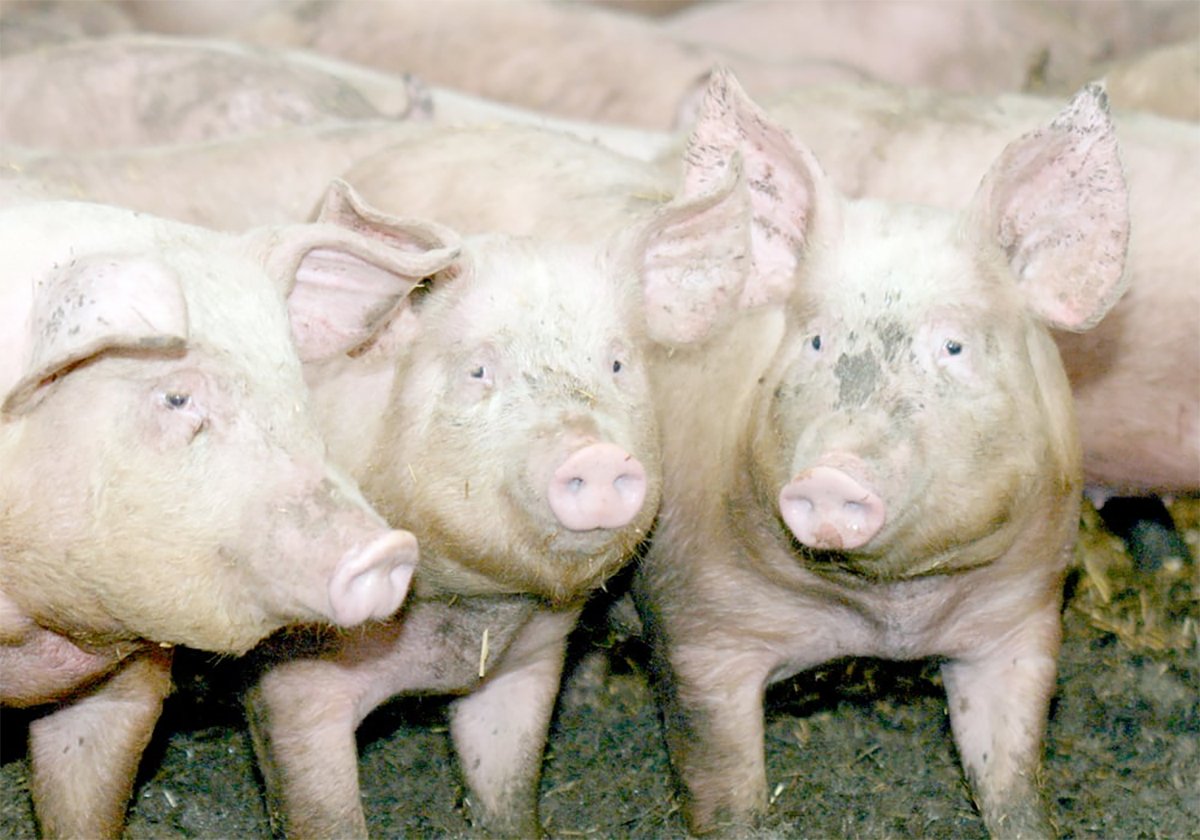LETHBRIDGE, Alta. – A project intended to balance the steer deficit in Alberta is off to a slow start.
The North West Cattle Project needs streamlining and less red tape, said some industry officials at an international beef symposium held here last week.
The project was introduced in October 1997 as a pilot program designed to allow freer movement of feeder cattle across the Canada-U.S. border without costly health tests.
Cattle may enter Canada in sealed trucks between October and March from any of the participating states. The shipments carry a special permit and travel to pre-approved feedlots where they remain until slaughter.
Read Also

The Western Producer Livestock Report – November 13, 2025
Western Producer Livestock Report for November 13, 2025. See U.S. & Canadian hog prices, Canadian bison & lamb market data and sales insights.
No testing for brucellosis, tuberculosis, blue tongue or anaplasmosis is required but an antibiotic is provided to animals at the feedlot to guard against anaplasmosis, said Ken Orchard, of the food inspection agency.
Only three Alberta feedlots have requested certification as restricted feedlots. So far, only 787 animals have been imported to one feedlot.
The project will be reviewed at the end of March, said Orchard.
Dennis Laycraft, executive vice-president of the Canadian Cattlemen’s Association, said talks are ongoing among participants to modify the rules governing the program.
“We can streamline the protocol without exposing ourselves to disease,” said Laycraft.
Jim Peterson, executive vice-president of the Montana Stockgrowers Association, said the program got off to a disappointing start for several reasons.
“I have concluded the protocol is not very friendly to an Alberta feedyard,” he said.
A certified feedlot has to commit all its inventory to slaughter in order to participate. Animals can’t be backgrounded and sent back to pasture nor can heifers be overwintered, said Peterson.
“It’s not going to work unless we can figure out a better way to do it. I don’t know of a feed yard manager who wants to tie up his whole feed yard marketing program, and limit his marketing to slaughter only, because of a few pens of Montana feeder cattle,” said Peterson.
Legislation allowing animals to cross borders without health tests had to be passed by the Canadian and state governments. The Montana state legislature agreed only to a two-year project.
Peterson sees the program as one way to address perceived trade imbalances between the two countries. The U.S. imported 1.3 million slaughter cattle from Canada last year, but it is difficult for Americans to ship live cattle north.
However, it is cheaper for Montana producers to ship cattle to Alberta rather than to the U.S. plains where most American cattle are finished.
Some Montana producers are also interested in retained ownership arrangements, but Peterson said U.S. bankers are reluctant to support this because of concerns about security when money is tied up in cattle in Canada.















